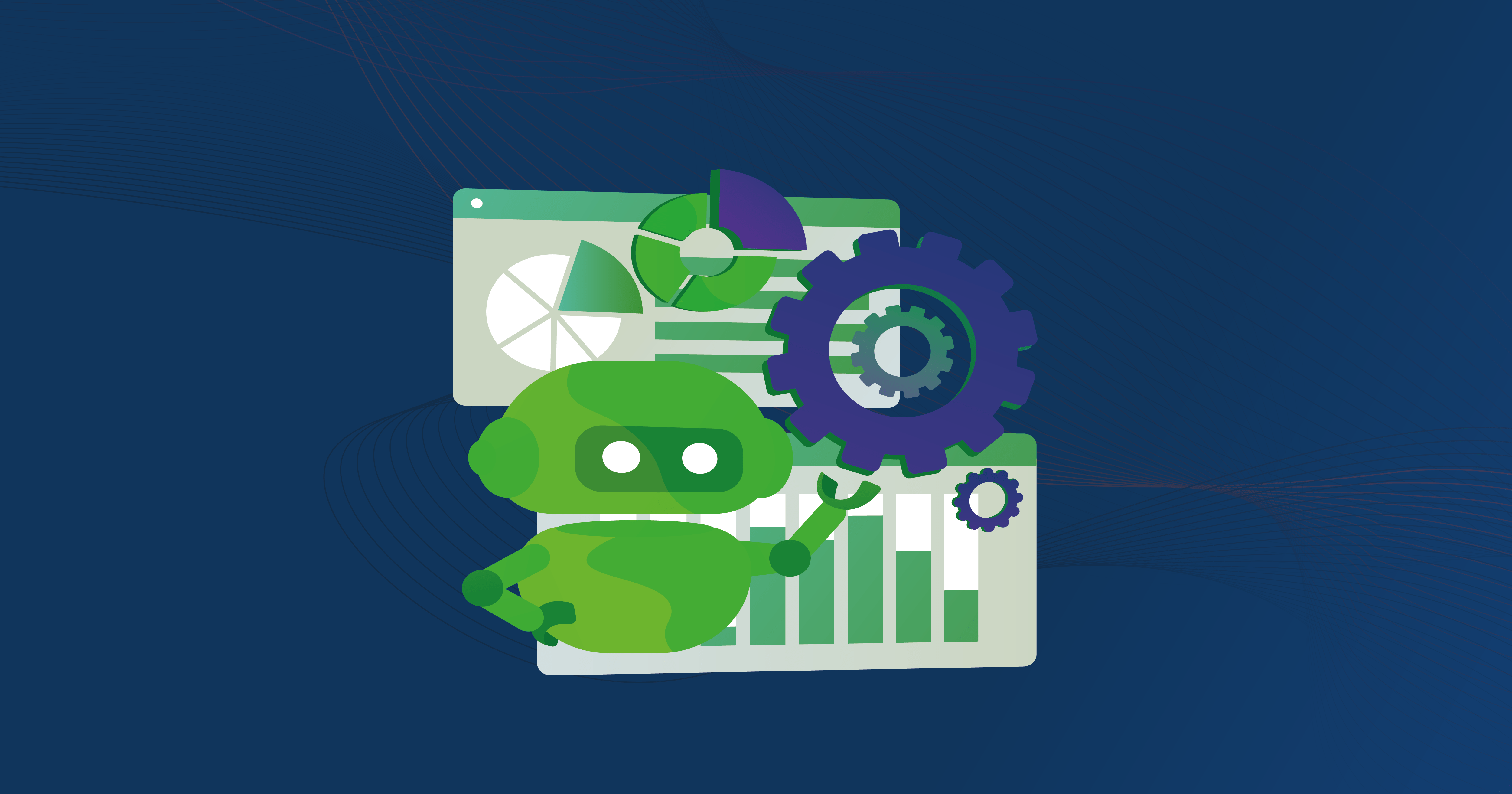When you repeatedly perform the same thing over and over again, it becomes tedious. The feeling compounds when the task being repeated is also laborious. Traditional Vulnerability Management is laborious. Lengthy scans, correlation of vulnerabilities and patches, deploying the required patches throughout multiple devices, and finally doing it again adds to the frustration and exhaustion. But now, in the modern era, automation is the real game-changer. And with vulnerability management solution, your work can become significantly simpler while strengthening your organization’s cybersecurity.
The Pains of Traditional Vulnerability Management
Traditional vulnerability management solution is manual, old, and has its issues. The process is neither continuous nor smooth. Therefore, we will have to use new vulnerability management solution.
Adding to the issue are lengthy scans ranging from 10-15 hours followed by inaccurate results making the wait a waste of time.
Even if the results were accurate, there are thousands of vulnerabilities. And these vulnerabilities have to be manually correlated with respective patches to initiate remediation. Prioritizing these vulnerabilities is out of the window as well, with the amount of time it takes to do it manually.
Remediation is next, and it is excruciating too. Manual deployment of patches, especially when the number of devices is high, is very difficult.
With all the gaps between each of these steps, the chance of a vulnerability getting exploited is high. And all of these problems become even more painful in the modern scenario of hybrid and remote environments.
What is Vulnerability Management Automation?
Automating vulnerability management, its individual steps or as a whole, with different tools and methods, to improve efficiency and security is called vulnerability management automation.
This can be done by using scripts to perform a step of vulnerability management repeatedly or by using an automated vulnerability management tool.
Vulnerability management is lengthy and repetitive, but its limitations and problems can be significantly reduced with automation.
Scripts can help you automate individual steps of vulnerability management. Repeated scans can be initiated with the scripts. Prioritization can be automated based on the CVSS scores of vulnerabilities (which is one way of performing prioritization). But scripts can only do so much.
But an automated vulnerability management tool can completely change the way we perform vulnerability management. With provisions to automate each step, great tools like SanerNow can help you simplify your work and strengthen your organization’s safety as well.
The Perks of Vulnerability Management Automation
Vulnerability management automation is the next step in the evolution of traditional vulnerability management. The benefits of automation are immense, and it significantly outweighs the initial pains during the implementation.
-
Increased Velocity:
With automation, manual inputs in repeating tasks reduce, and the entire vulnerability management process becomes faster. The speed increases by multiple folds when a completely automated vulnerability management tool enters the fray. All the gaps between individual steps of vulnerability management vanish and increases the overall speed as the entire process becomes a single, continuous step.
-
Reduced Manual Effort:
The main purpose of automation is to reduce the manual inputs that repeatedly needed. Vulnerability management becomes faster and more efficient when automated, and human efforts can be spent elsewhere where it’s necessary. It is also beneficial in reducing the errors that tag along with manual efforts as well.
-
Enhanced Productivity:
With automation reducing the repetitive tasks in vulnerability management, IT teams can focus on solving other issues at hand that needs manual interference. Besides, repeatedly performing the same tasks reduces the morale of the team and affects productivity. But with automation, the team gets a very efficient helping hand that can improve the overall productivity of the team and improve employee satisfaction as well.
-
Increased Impact of Remediation:
Automation simplifies lots of steps of vulnerability management. Automation leads to faster prioritization, and faster prioritization leads to better remediation of critical risks. While scripts do help, the impact of remediation and its effectiveness increases significantly with a completely automated vulnerability management tool.
-
Improved Security:
A direct consequence of automation is faster response time against vulnerabilities. Along with increased speed, the gaps between the steps also vanish, further multiplying the impact of automation. Prioritization becomes easier, and more time spent on remediating vulnerabilities instead of going through reports. All of these benefits add up to improved cyber defense for the organization.
Conclusions
New vulnerabilities, ingenious attack methods, and sophisticated attacks are the norm in the modern world, and traditional vulnerability management is struggling to combat it.
But vulnerability management automation is the future. With a wide range of benefits, the implementation of automation could be key in preventing the next cyberattack in your organization.
SanerNow advanced vulnerability management is the next level of modern vulnerability management. With its integrated, automated, and centralized architecture, SanerNow completely revamps the way we perform vulnerability management.
SanerNow automatically detects vulnerabilities with fast scans, prioritizes them based on risk, and efficiently remediates them. All in one single motion. Vulnerability management, instead of a bunch of herky-jerky steps, becomes a single smooth process that’s easy to perform and effective.

